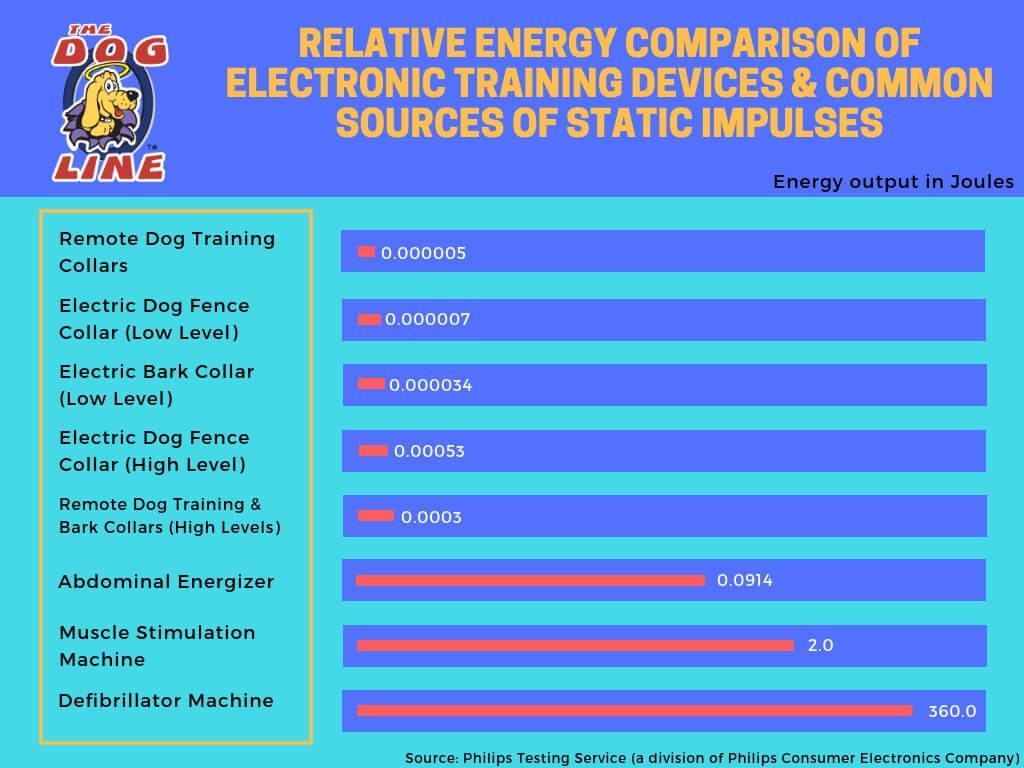A Bark Collar Will Not Burn A Dog’s Skin
How to properly fit and use a bark collar to avoid Pressure necrosis and sores on a dog's skin
The sores (or as some people call them 'burns on my dogs neck') are known as Pressure Sores also known as pressure necrosis. These can be the result of a few things... Collar fitting errors, dogs with a collar that are left left unchecked (General Hygiene) and can also be caused by an allergy to the metal used in the probes that touch the dogs skin, (this is rare).
However metal probes with a high level on Nickel can create a reaction or allergy that has always been there. (The solution here would be to request to swap the probes over to a different type of metal or a better quality metal probe)
Will a Bark Collar Burn my Dog's skin?
In my opinion the answer is a resounding NO... (in a traditional sense of the term 'Burn'). Here is a definition of the term 'Burn' as set out on 'Wiki' and 'Better health Victoria (.gov.au)' "Burns can be caused by flames, ultraviolet (UV) radiation, hot liquids, electricity, lightning and certain chemicals."
Electronic Bark Collars do not produce 'heat' nor do they produce Electricity - If you would argue that the correction from a bark collar is electricity - then you should see the electric dog collar comparison chart below to show how much 'Electricity' a 'Dog Shock Collar' produces - it actually produces 'Static' not High Amperage Based Electricity. The 'Static Correction' is localised between the probes - Similar to a TENS machine used by a physiotherapist.
Also most of the good quality bark collars have a safety Shut-Down feature, to ensure they do not overcorrect the dog.
 |
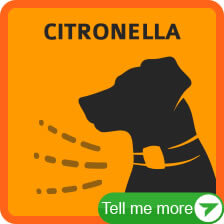 |
 |
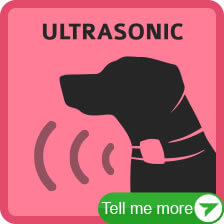 |
|---|
Burns and Sores on a dogs skin is a bit of a 'Bum Wrap' for Dog Training Collars.
Note... It is not just Dog Training Collars that can cause pressure necrosis in dogs - any collar left on too tight can cause an issue with the skin... Just tighten up your wrist watch and do not take it off for a few days and see what happens. Infection as a result of rubbing is far more likely to be the cause. In some instances this issue has been 'sensationalised' for the purpose of attacking the use of Dog Training products in general.
Each time I have been notified of an issue of 'Burns on my dogs neck from a bark collar' (which is extremely rare now days, as we have made people more aware of the importance of fitting the dog collar and regular hygiene inspections) it is evident when looking at the results that the dogs neck had not been checked for quite a while. The resultant infection from open rubbing sores has caused a wide ranging infection across the neck. Which appears to me to be a result of not checking the state of the dog and the collar on a regular basis.
Fit the Dog Bark Collar correctly - Check the skin regularly - move the Probes to a different location (so make sure you get one that is activated easily but not accidentally) and remove the collar if you notice any issue with allergy or reactions to the metals.
So, how can you avoid pressure necrosis or burns on your dog’s neck?
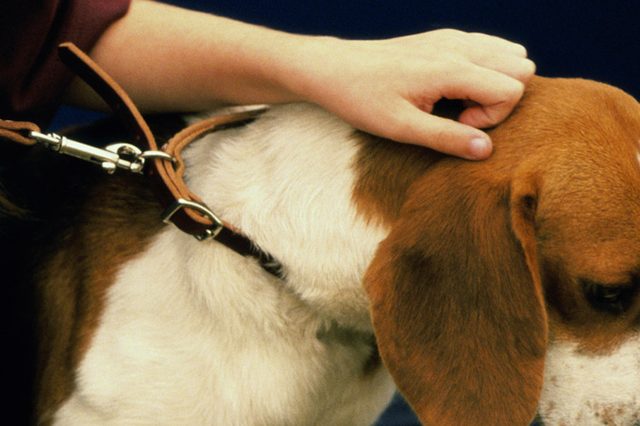
Therefore i have found that a bark collar will not 'Burn' a dogs skin. In fact an electric bark collar does not have the electrical capacity to burn a dog’s skin in the correct definition of the word 'Burn' as set out above. They do produce heat. A TESN machine fitted to a patient does not create heat or Burn... If any item is left on any animals skin or human skin that was irritating it or causing excess pressure it would cause an issue such as 'necrosis' which can get infected.
This graph explains how the electrical output of an electric bark collar that ranges from 0.000034 to 0.0003 in joules is relevantly lower than the common sources of static impulses that we humans get.
Remember, in cases of electrical burns, humans are more likely to get burned than dogs because we have oily and thin skin compared to the fur, thick and dry skin that our dogs have.
This only shows that a good quality bark collar cannot burn a dog’s neck… It’s the wrong use and lack of good hygiene that causes this pressure necrosis or sores on your dog’s neck.
Related article: 5 Ways to Avoid Sores (Burns) On Your Dog's Neck | Electric Dog Collars
Avoid Pressure Necrosis or burns on your dog’s neck by fitting the bark collar to your dog properly - not too tight and not too loose
-
Before fitting the collar, make sure it’s turned off
-
As you are fitting the collar, let your dog stand - DO NOT fit the collar while your dog is in a sitting position - your dog’s neck is relatively thinner while sitting down
-
Aim for a snug fit - insert your thumb between the collar strap and your dog’s neck
-
Make sure that the three probes or contact points are touching your dog’s neck just enough
-
Leave the collar on your dog for a few minutes as he/she gets comfortable with it
-
Check the collar again - aim for a snug or comfortable fit
-
Test the collar - turn it on
Clean your dog’s neck and the bark collar regularly to avoid skin Sores
 As we all agree, good hygiene is vital on taking care of the skin.
As we all agree, good hygiene is vital on taking care of the skin.
It’s also true with our dogs - as they wear their bark collar or any type of e-collars, their neck should be regularly cleaned to maintain a healthy skin.
Make it a habit to clean the bark collar strap as well, especially the contact points - those small prongs that touch your dog’s neck or you can wash the dog's neck and the contact points weekly with a damp cloth.
Keeping the Bark Collar on your dog all day causes Pressure Necrosis
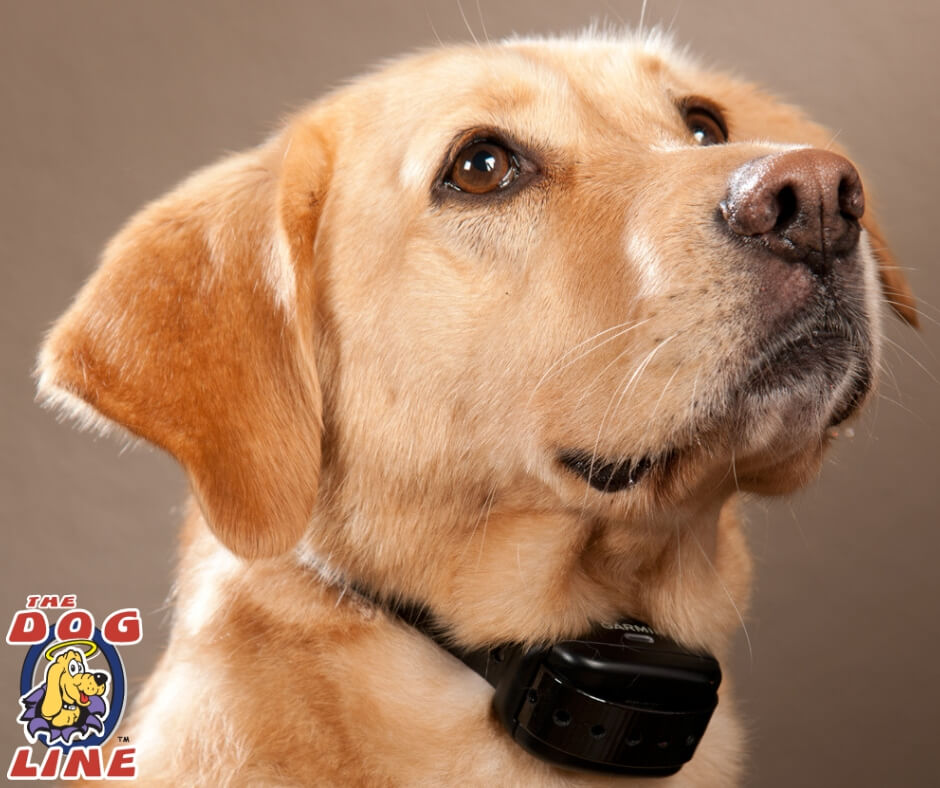 It has been found that if you put the bark collar or any type of e-collar on your dog for too long also causes skin irritations.
It has been found that if you put the bark collar or any type of e-collar on your dog for too long also causes skin irritations.
So, please avoid leaving the collar on the dog for more than 12 hours per day and when possible, re-position the collar on the pet's neck every 1 to 2 hours.
Then, check the fit to prevent excessive pressure.
Always remember to never connect a lead to the bark collar because it may cause extra pressure on the contacts.
Key points to remember when letting your dog wear a bark collar - avoid skin burns
-
Avoid leaving the collar on the dog for more than 12 hours per day.
-
When possible re-position the collar on the pet's neck every 1 to 2 hours.
-
Check the fit to prevent excessive pressure.
-
Never connect a lead to the bark collar because it may cause extra pressure on the contacts.
-
Clean the dog's neck and the contact points weekly with a damp cloth.
-
Examine the dog's neck where the contact points meet and check for signs of a rash or a sore.
-
If a rash or sore is found, discontinue use of the collar until the skin is healed.
-
If the condition persists beyond 48 hours, see your local veterinarian.
Check Out Good Quality Bark Collars Here:
 |
 |
 |
 |
|---|
 The Dogline
The Dogline














